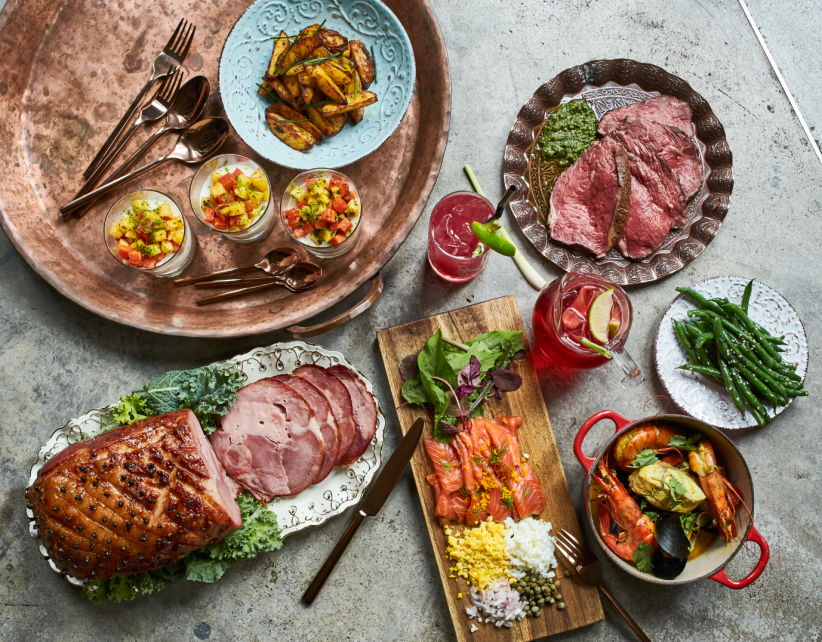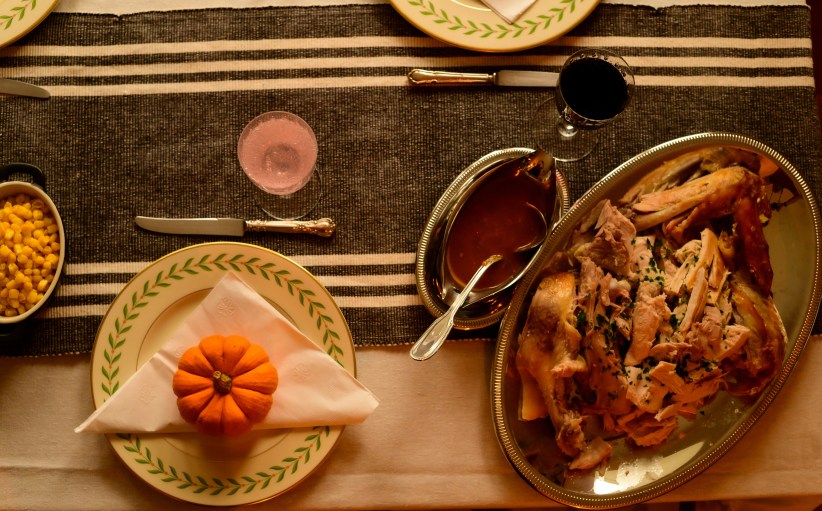The Brooklyn woman’s voice over the phone was urgent, “My 4-year-old grandson tends to get constipated. What can I do to help?”
Constipation afflicts up to 30 percent of children. It tends to run in families, leading some researchers to look at genetics, or simply a poor diet in common. In addition, picky eaters who thumb their noses at fiber-rich fruits, vegetables and whole grains may become constipated.
It’s not uncommon for those who eat few high-fiber foods to also be excessive milk drinkers. Little ones who fill up and obtain a majority of their calories from milk may eat very little actual food, leading to the problem.
Constipation may also result from an undiagnosed condition.
“Celiac disease, sometimes labeled gluten intolerance, has about 300 associated symptoms, one being constipation,” says Chicago pediatric feeding specialist Lara Field, MS, RD, who blogs at feedkids.com.
She says it’s vital for proper testing purposes to determine if this diagnosis can be made prior to initiating a gluten-free diet.
When constipation is common
There are three periods in a child’s life when you should look out for this, according to Field, who is a mother with a toddler and an infant.
• Transition to milk-containing formula and foods. Babies with a milk protein allergy/intolerance can become constipated at any time during infancy (birth-12 months). Removal of the milk protein will resolve these symptoms.
• Transition to table foods. At 12-15 months, when toddlers transition from primarily drinking for nutrition to eating, they may not be getting enough fiber due to picky eating.
• Transition to potty training. From ages 2-4, many kids withhold their stool due to fear of potty training. Parents must stay vigilant. If this habit continues, it could cause future problems, such as stool impaction.
Dietary advice for all
Whether or not constipation is a problem, children should consume at least three to five servings of fruits and vegetables every day — and as many whole grain foods as possible.
Serve whole fruit rather than juice. Fruit can be fresh, frozen or canned. Those especially high in fiber are raspberries, blueberries, blackberries and strawberries. Buy frozen — they are easy to keep on hand for smoothies, stirred into yogurt, or as toppings for hot cereal, pancakes or waffles. Pears are also fiber rich.
Abandon refined starches, such as Goldfish, pretzels and crackers that are made primarily from white or wheat flour, Field recommends. Look for whole grain choices instead. She says children can be taught to enjoy whole grains. Choose brown rice (there are several brands you can cook in 90 seconds), whole grain pasta and whole grain cereals.
Beans are great finger foods for tots and are wonderful choices to toss into pasta and soup.
Serve veggies and dip, such as hummus, as a snack or part of a meal.
If your child does become “stuck,” here are a few suggestions:
• Serve two ounces of fruit nectars — such as pear or apricot — or prune juice two to three times per day.
• Offer your child a probiotic-rich yogurt, such as Activia.
• Limit cheese, as it can be constipating for some.
As to the worried grandmother? I reassured her that her grandson’s problem was not uncommon and suggested she seek out a registered dietitian to review his diet.
Christine M. Palumbo is an award-winning registered dietitian in suburban Chicago, IL. Find her on Facebook www.facebook.com/ChristinePalumboNutrition or (630) 369-8495.
Soup-er Easy Black Bean and Corn Soup
Flavor-boosting tip: Serve it with hot pepper sauce, and stir in chopped fresh cilantro and thinly-sliced scallions at the table.
Prep and cook time: 10 minutes
INGREDIENTS
3 cans (15 oz. each) black beans (reduced salt, if possible)
1 cup chunky salsa or any variety
1 cup water
1/2 tsp. ground cumin, or more to taste
1 can (14 oz.) corn kernels, with their liquid
1 cup nonfat Greek yogurt or sour cream for serving (optional)
INSTRUCTIONS: In a medium stockpot over medium heat, combine the beans, salsa, water and cumin and bring it to a boil. While it is heating, use a hand-held immersion blender to puree about half the mixture, so it is still chunky. Add the corn and its liquid, and continue to heat it for about five minutes, stirring occasionally. (For a smoother soup, add the corn before pureeing the soup.)
Serve the soup with a dollop of Greek yogurt or sour cream, if desired. Alternatively, you can refrigerate the soup for up to three days, or freeze it for up to three months.
Note: The canned beans and salsa make this dish higher in sodium than most “Scramble” meals. Occasionally eating meals that are high in sodium isn’t a problem for most people, but if you are concerned, you can either use low-sodium canned products instead, or, to counteract the sodium, drink lots of water with lemon and/or eat bananas, as potassium balances out sodium in our systems.
Makes six servings.
NUTRITION FACTS: per serving (% based upon daily values): Calories 280, Total Fat 2.5g, 4%, Saturated Fat 0g, 0%, Cholesterol 5mg, 2%, Sodium 1170mg, 49%, Total Carbohydrate 50g, 17%, Dietary Fiber 12g, 48%, Sugar 8g, Protein 13g
From “SOS! The Six O’Clock Scramble to the Rescue,” by Aviva Goldfarb. Copyright © 2010 by the author and reprinted by permission of St. Martin’s Griffin.























